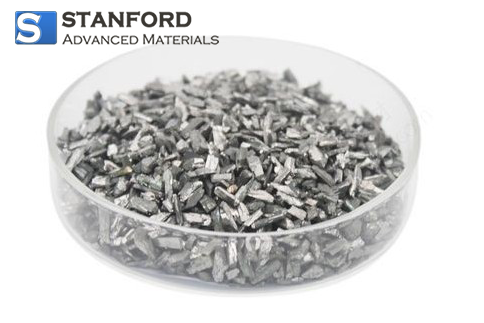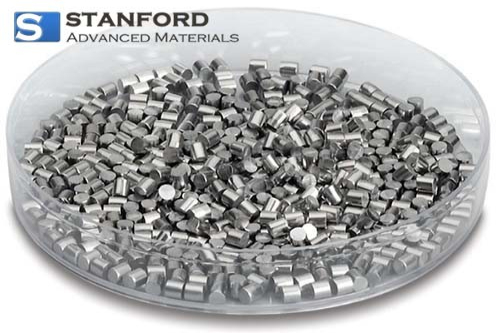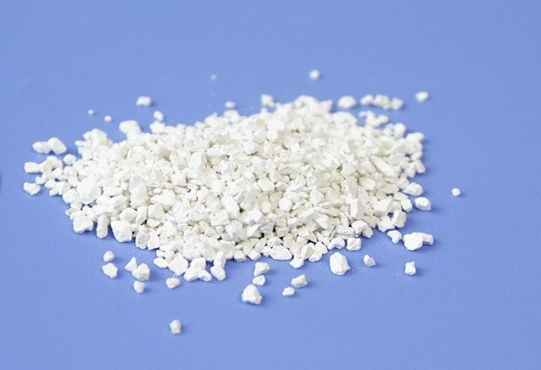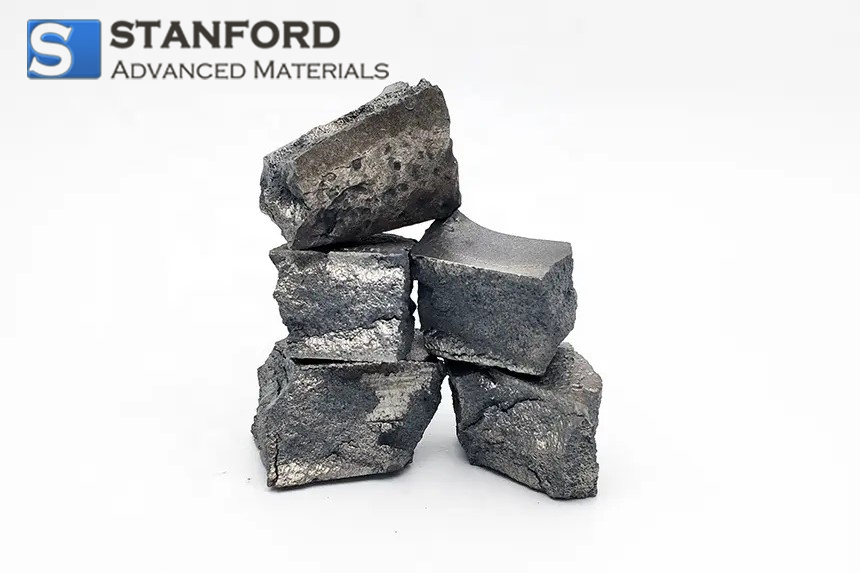Cerium Hexaboride Cathodes Description
Cerium Hexaboride Ceramic Part is often fabricated through processes like sintering, where the powdered cerium hexaboride is compacted and heated to form a dense, solid ceramic structure. Tailored for technological applications demanding high-performance electron emission, this ceramic part excels in delivering reliable and efficient electron beams. Cerium Hexaboride Ceramic is known for its high brightness, contributing to the intensity of the electron beam produced. High brightness is essential for achieving better resolution in electron microscopy.
Cerium Hexaboride Cathodes Specification
|
Stoichiometry
|
~6
|
|
Density (g/cm3)
|
4.80
|
|
Electrical Resistivity
|
~65uΩ-cm
|
|
Effective Work Function at 1800K
|
2.65eV
|
|
Spectral Emissivity at 0.65microns
|
0.779
|
|
Orientation Limit for Specific Orientation
|
<2 degrees
|
|
Clamping Pressure of SMVM
|
34.5MPa
|
|
The yield of Finished Cathodes
|
>85%
|
Shapes:
Standard:

Top hats:

Cerium Hexaboride Cathodes Applications
1. High-Resolution Imaging: CeB6 cathodes provide stable and high-brightness electron beams, enhancing the resolution and image quality in SEMs, which are used for detailed surface morphology studies and material characterization.
2. Atomic-Scale Imaging: In TEMs, CeB6 cathodes enable high-resolution imaging at the atomic scale, which is crucial for analyzing the internal structure and composition of materials in fields like nanotechnology and materials science.
3. Micro- and Nanofabrication: Used in electron beam lithography apparatus for creating wonderful patterns on substrates, essential for producing integrated circuits and other nanostructures in the semiconductor industry.
4. Surface Analysis: In scanning Auger spectrographs, CeB6 cathodes produce focused electron beams for detailed surface chemical analysis, aiding in the study of surface composition and electronic properties.
5. Sample Preparation and Analysis: CeB6 cathodes are used in FIB systems for precise material removal and sample preparation, including cross-sectioning and patterning, often in conjunction with SEMs and TEMs.
6. Precision Welding: Employed in electron beam welding machines for precise and high-quality welding of metals and alloys, particularly in aerospace, automotive, and medical device manufacturing.
7. Microfocus X-ray Sources: Used as electron sources in microfocus X-ray tubes, which provide high-resolution X-ray imaging for non-destructive testing and medical diagnostics.
8. Cold Cathode Devices: CeB6 cathodes are used in vacuum microelectronic devices, such as flat panel displays and microwave amplifiers, due to their low work function and high electron emission efficiency.
Cerium Hexaboride Ceramic Part Packing
Our Cerium Hexaboride Ceramic Parts are carefully handled to prevent damage during storage and transportation and to preserve the quality of our products in their original condition.
Cerium Hexaboride Ceramic Part FAQs
Q1: What is cerium hexaboride (CeB6) used for in cathodes?
Cerium hexaboride is widely used as a thermionic electron emitter in electron microscopy, electron beam welding, and other vacuum applications due to its low work function and high electron emission efficiency.
Q2: What are the advantages of using cerium hexaboride cathodes?
CeB6 cathodes offer excellent electron emission properties, including low work function, high current density, and stability under high temperatures and in vacuum environments. They are also resistant to contamination.
Q3: What are the operating conditions for cerium hexaboride cathodes?
CeB6 cathodes operate in high vacuum environments, typically at temperatures ranging from 1000°C to 2000°C. They require a clean and stable vacuum to maintain optimal performance.










